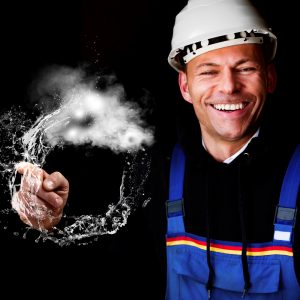test (H1 TAG)
Hardness of water is measured as the concentration of the dissolved mineral salts of calcium and magnesium and can be further categorised as temporary (carbonate hardness) and permanent (non-carbonate hardness). When water containing these hardness salts is heated, the salts become less soluble, and precipitate (unlike many other dissolved minerals which actually become more soluble as water is heated).
The precipitated hardness results in troublesome deposits, which may cause many problems. The inconvenience and problems caused by calcium are well known, and are evident in all aspects of daily life (industry, commerce, hotels, home etc.). For example,
- in steam and hot water boilers in cooling towers and humidification systems
- water heaters, dishwashers and glass washers
- coffee and espresso machines
- in mixer taps, faucets, pumps thermostatic valves etc.
- showerheads, bathroom surfaces, basins, toilets
The presence of hardness interferes with the efficiency of most washing processes, such as for textiles and glassware, where the final rinsed quality is critical. Also, hard water can lead to scale formation, which can be undesirable and costly in many manufacturing processes.
THE RESULTS OF WATER SOFTENER INSTALLATION (H2 TAG)
The most effective method of water softener installation (removing the hardness salts calcium and magnesium) is by the process of ion exchange – ions are electrically charged species of the minerals dissolved in water. The water is passed through a synthetic resin, which absorbs the calcium and magnesium ions by exchanging them for sodium ions. When the resin is exhausted, it needs to be regenerated. The resin is recharged with sodium ions by rinsing with a brine solution (sodium chloride). The hardness ions previously removed are flushed to drain during the regeneration process.


